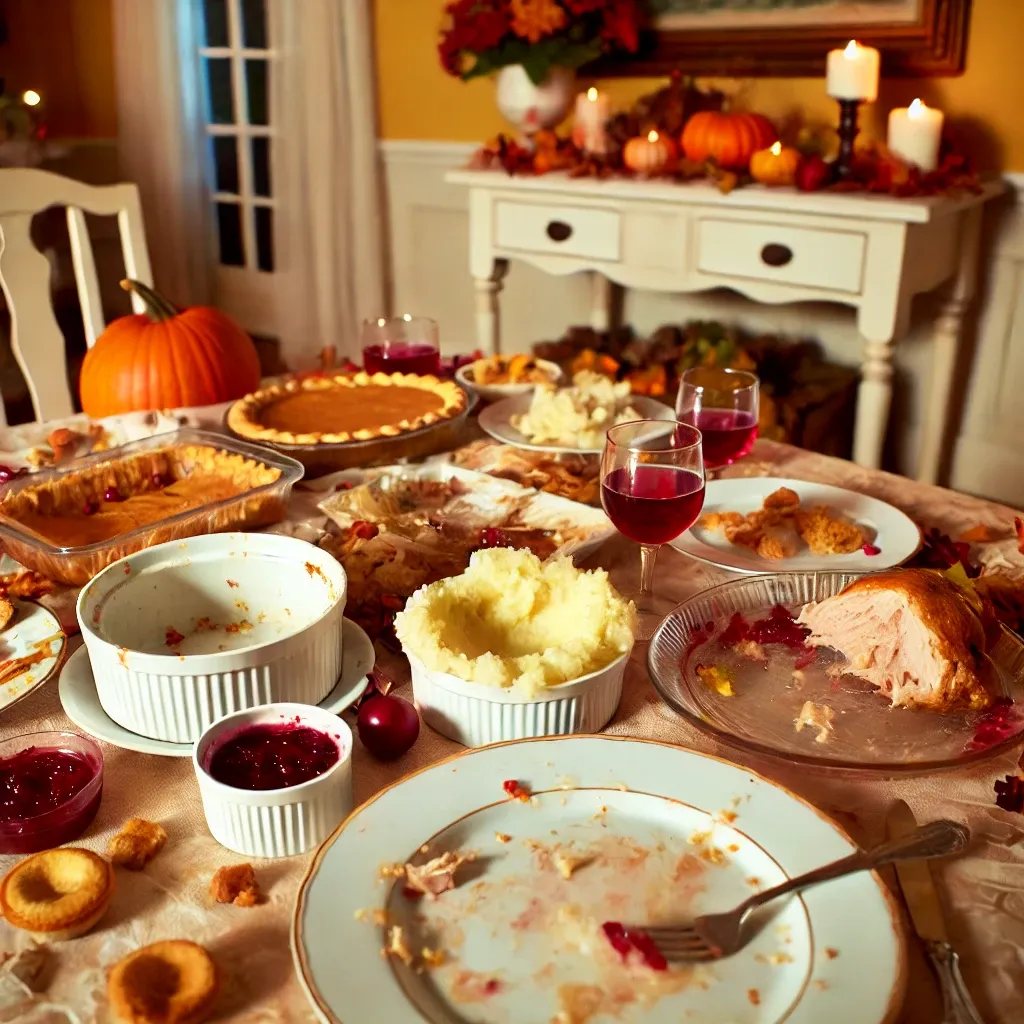Thanksgiving is a time for indulgence, celebration, and gratitude—but let’s talk about an issue often left out of the conversation: food waste.
As we gather around tables overflowing with abundance, it’s worth noting that nearly 40% of food in the U.S. goes uneaten each year. And this isn’t just a moral or economic problem, it’s a climate one too. Put the physical waste aside for a second and think about the energy, water, and land used to grow, process, and transport that wasted food—emitting greenhouse gases at every stage. When leftovers then hit the landfill, they produce methane, a greenhouse gas 25 times more potent than CO₂ over a 100-year period. In fact, if food waste were a country, it would rank as the third-largest emitter of greenhouse gases globally.

The good news? There are some high-value solutions to food waste already on the table. Composting turns food scraps into nutrient-rich soil that helps regenerate farmland. Anaerobic digestion breaks down organic matter in oxygen-free conditions, producing biogas for renewable energy and digestate that works as a powerful fertilizer. Then there’s animal feed, where surplus food can replace resource-heavy crops like corn and soy.
But here’s the catch: these solutions aren’t widespread yet. Infrastructure is lacking in many communities, from composting programs to digestion facilities, and regulatory hurdles make it tricky to use food waste for animal feed. Add to that a major gap in education—most people don’t know these options exist or how to take advantage of them—and we’re left with a problem that’s still much bigger than its solutions.

Sidenote - This is the intersection of my work currently and I can personally advise to the complexity of challenges facing food waste. Although potential high-impact solutions exist, getting the economics to work can.. still be messy to say the least.
Ultimately, tackling food waste is about shifting our perspective from abundance to balance. By making intentional choices this Thanksgiving—like sharing surplus food with neighbors or donating unopened goods to local pantries—we can reduce our impact and show gratitude not just to farmers and workers, but to the planet itself. Let’s make this holiday not only a feast for our families but also a small step toward a more sustainable future.








